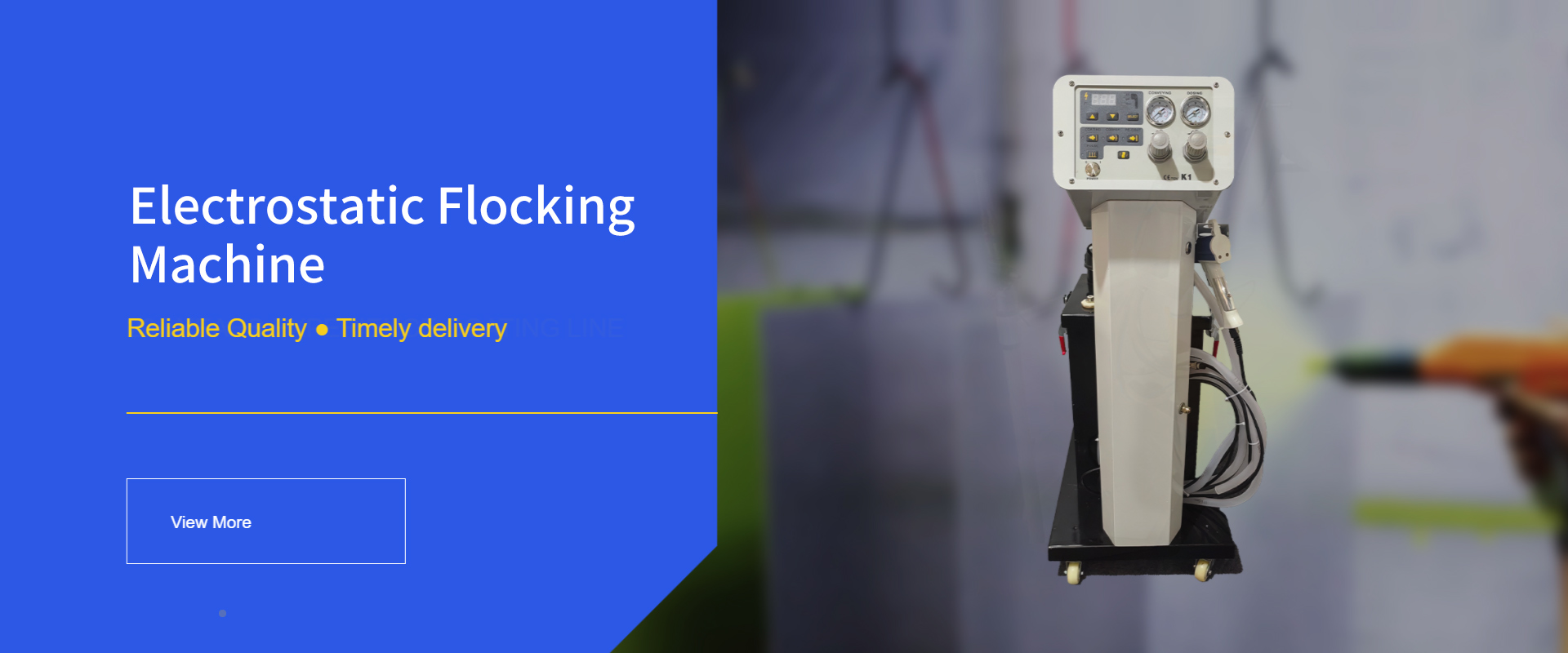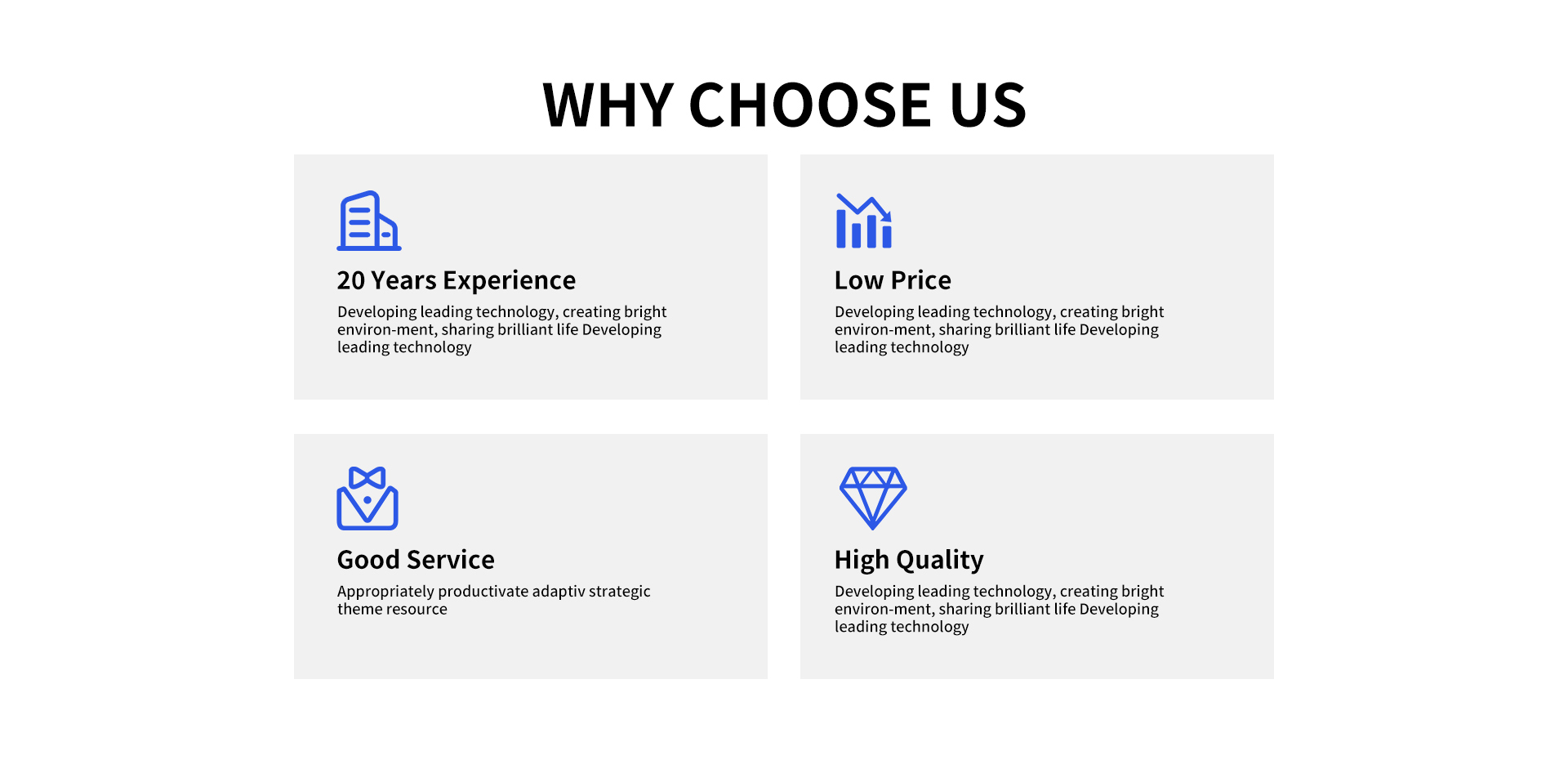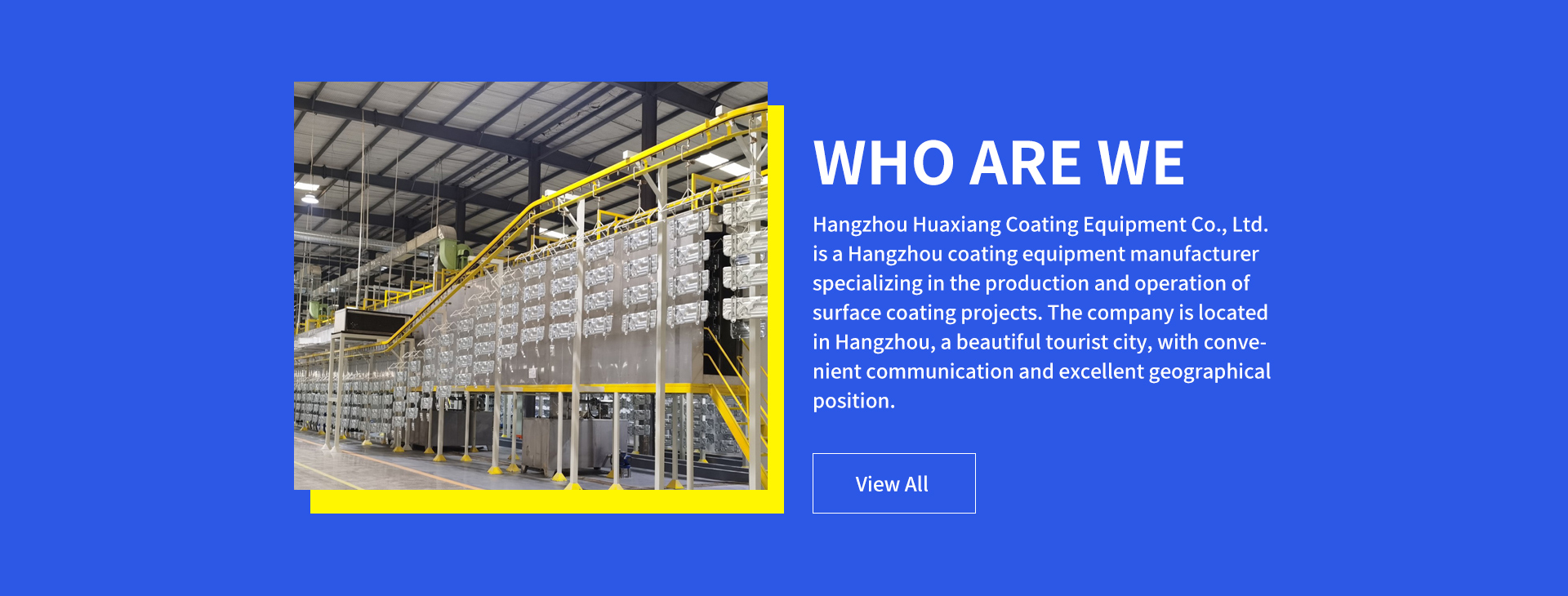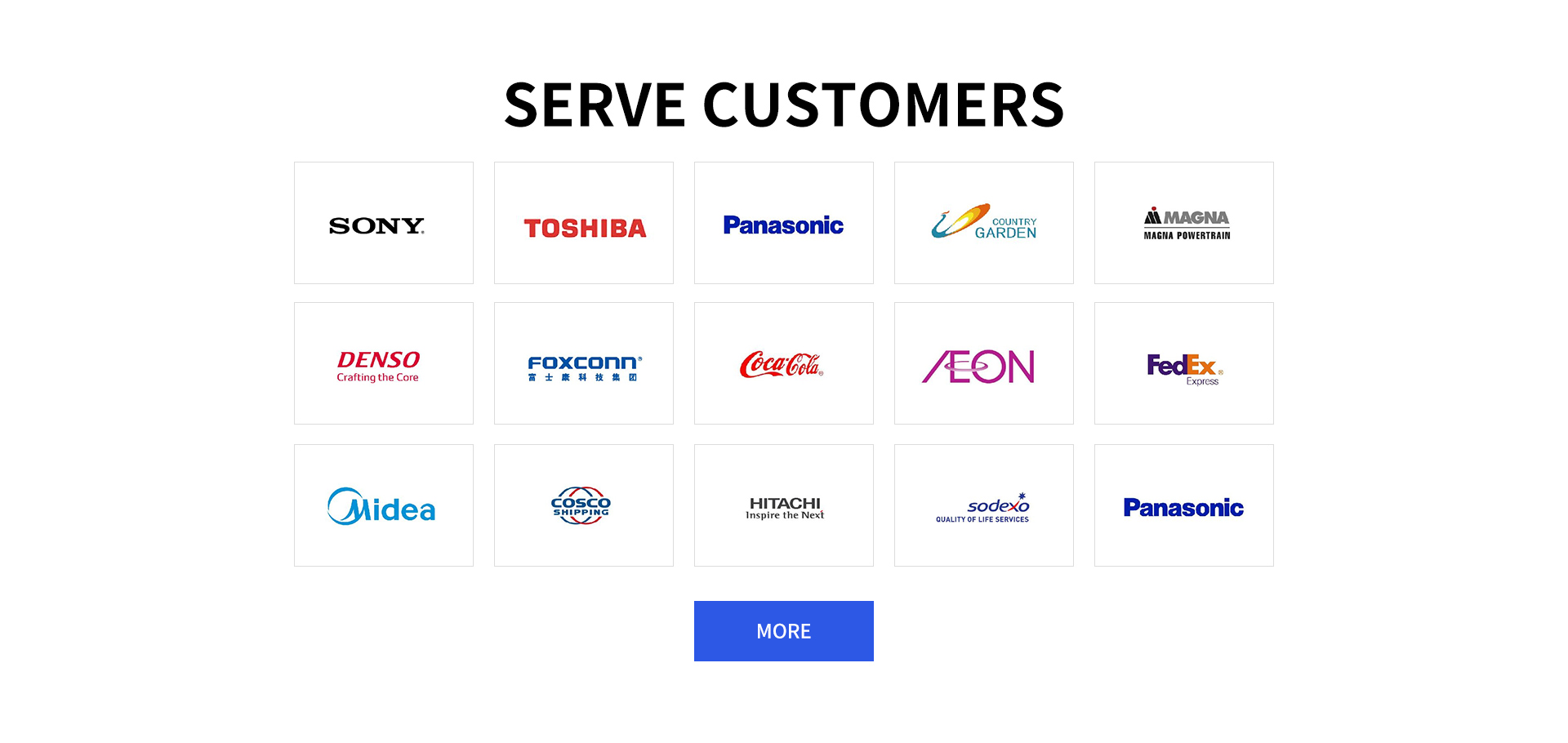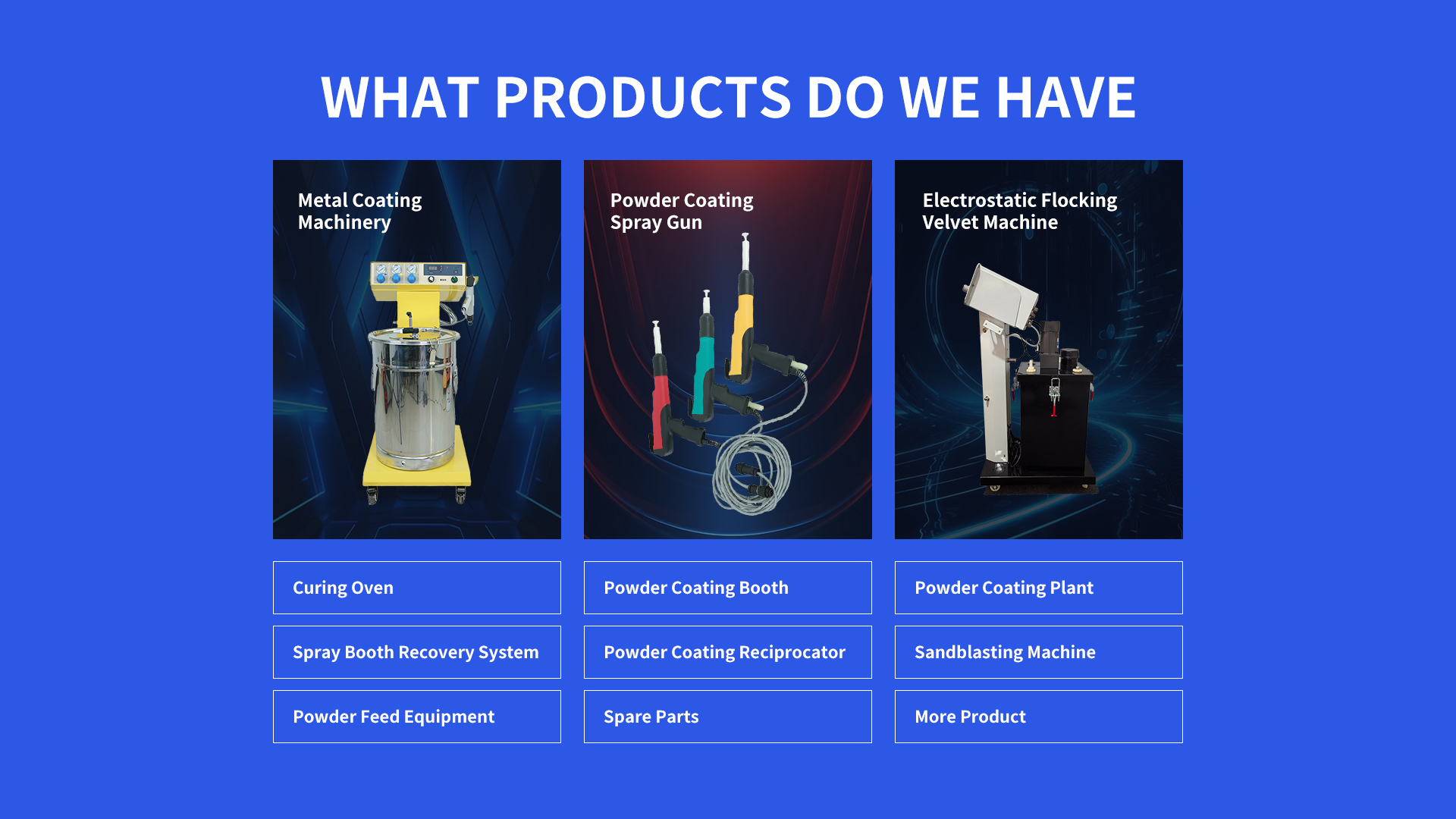Powder Coating Curing Ovens: A Complete Buying and Using Guide
The market for Powder Coating Curing Ovens is diverse, with demand from small - scale hobbyists to large - scale industrial manufacturers. Small, basic units can start at around (1,500, while high - capacity, industrial - grade models with advanced features may cost upwards of )50,000. These price variations depend on factors such as size, heating technology, and additional features like automated conveyor systems.
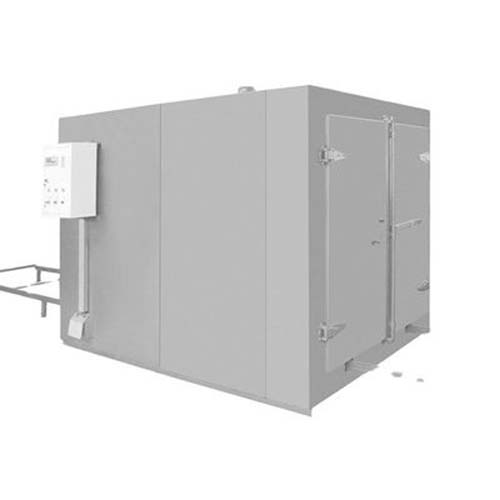
Powder Coating Curing Ovens: Coating Project Applications
Powder Coating Curing Ovens are essential in numerous coating projects. In the aerospace industry, they are used to cure powder coatings on aircraft components. The cured powder provides corrosion resistance and a smooth finish, which is crucial for maintaining the integrity and appearance of parts exposed to harsh environmental conditions. In the furniture industry, these ovens play a vital role. Wooden furniture with metal accents or entirely metal furniture pieces are powder - coated and cured in these ovens. The result is a durable, scratch - resistant finish that can withstand daily use. For example, office chairs with metal frames often go through this process. Additionally, in the manufacturing of outdoor equipment like bicycles and playground equipment, Powder Coating Curing Ovens ensure that the powder coatings can endure outdoor elements such as sunlight, rain, and temperature fluctuations.
Powder Coating Curing Ovens: Surface Treatment Process Technology
The surface treatment process in
Powder Coating Curing Ovens begins with the application of powder coating to the substrate. This powder, which can be epoxy, polyester, or a combination, is electrostatically charged before application, ensuring good adhesion to the surface. Once coated, the object is placed inside the curing oven. The oven heats the powder - coated item to a specific temperature range, typically between 300°F and 450°F. At these temperatures, the powder melts, flows evenly over the surface, and then chemically cross - links to form a tough, solid coating. Some advanced Powder Coating Curing Ovens use infrared heating technology in addition to traditional convection heating. Infrared rays penetrate the powder coating, heating it from the inside out, which can lead to faster curing times and more uniform results.
Powder Coating Curing Ovens: What Are They?
Powder Coating Curing Ovens are specialized industrial ovens designed specifically for curing powder coatings. They are enclosed chambers where powder - coated objects are placed and exposed to controlled heat. These ovens come in various sizes and configurations. There are batch - type ovens, which are suitable for smaller production runs or when different types of items need to be cured separately. In a batch oven, a load of powder - coated parts is placed inside, the door is closed, and the curing process begins. Continuous - flow ovens, on the other hand, are designed for high - volume production. They often have conveyor systems that move the powder - coated items through the oven in a continuous stream, allowing for efficient and consistent curing.
Powder Coating Curing Ovens: Key Components
Heating System: This is the heart of the Powder Coating Curing Ovens. In electric models, heating elements such as nichrome wire coils are used. When an electric current passes through these coils, they generate heat. Gas - fired ovens, on the other hand, use burners. The burners mix gas with air and ignite the mixture, producing heat. Some advanced heating systems can adjust the heat output based on the temperature inside the oven, ensuring a consistent curing temperature.
Temperature Control System: It consists of a thermostat and sensors. The thermostat allows the operator to set the desired curing temperature. The sensors continuously monitor the temperature inside the oven. If the temperature deviates from the set value, the thermostat signals the heating system to either increase or decrease the heat output. In modern Powder Coating Curing Ovens, digital temperature control systems are common, offering more precise temperature settings and monitoring.
Insulation: The oven chamber is insulated to minimize heat loss. Materials like fiberglass or ceramic wool are used for insulation. Good insulation not only helps in maintaining a consistent temperature inside the oven but also reduces energy consumption. It ensures that the heat generated by the heating system stays within the chamber, effectively curing the powder - coated items.
Powder Coating Curing Ovens: Advantages
One of the significant advantages of
Powder Coating Curing Ovens is the high - quality finish they produce. The cured powder coatings are highly durable, resistant to scratches, chemicals, and corrosion. This makes them ideal for applications where long - lasting protection is required. Powder coating is also an environmentally friendly option compared to liquid painting. It produces less waste as there is no need for solvents, and overspray can be collected and reused. Powder Coating Curing Ovens are also relatively easy to operate. Once the temperature and curing time are set according to the powder coating manufacturer's instructions, the oven can run unattended for the most part, increasing production efficiency.
Powder Coating Curing Ovens: Frequently Asked Questions
How to Choose the Right Powder Coating Curing Oven?
When choosing a Powder Coating Curing Oven, first consider the size of the items you will be coating. Measure the largest object and ensure the oven's interior dimensions can accommodate it with enough space for proper air circulation. Next, think about the production volume. If you have high - volume production needs, a continuous - flow oven might be more suitable, while a batch oven is better for smaller, intermittent runs. Also, look at the heating technology. Electric ovens are generally easier to control and maintain, but gas - fired ovens can offer faster heating times. Consider your energy costs and availability as well. Finally, check the oven's insulation quality, as better insulation means more efficient energy use and a more consistent curing environment.
How to Operate a Powder Coating Curing Oven Safely?
Safety is crucial when operating a Powder Coating Curing Oven. Always follow the manufacturer's safety guidelines. Wear appropriate protective gear, such as heat - resistant gloves, safety glasses, and fire - retardant clothing. Ensure that the oven is installed in a well - ventilated area to prevent the buildup of fumes. Before starting the oven, check for any signs of damage, such as frayed wires in electric models or gas leaks in gas - fired ovens. Never overload the oven, as this can affect the curing process and pose a safety risk. Keep flammable materials away from the oven at all times. Also, make sure that the oven's door is properly closed during the curing process to avoid heat escape and potential burns.
How to Maintain a Powder Coating Curing Oven?
Regular maintenance is essential for the optimal performance of a Powder Coating Curing Oven. After each use, clean the oven chamber to remove any powder residue. Use a soft brush or a vacuum cleaner with a brush attachment to avoid scratching the interior. Check the heating elements regularly for signs of wear or damage. In gas - fired ovens, inspect the burners for clogs or corrosion. Lubricate any moving parts, such as conveyor belts or hinges, to ensure smooth operation. Calibrate the temperature control system periodically to ensure accurate temperature readings. Replace the insulation material if it shows signs of degradation, as this can affect the oven's energy efficiency and temperature uniformity.
How to Determine the Curing Time in a Powder Coating Curing Oven?
The curing time in a Powder Coating Curing Oven depends on several factors. First, refer to the powder coating manufacturer's recommendations. Different types of powder coatings, such as epoxy or polyester, have specific curing time and temperature requirements. The thickness of the powder coating also plays a role. Thicker coatings generally require longer curing times. The size and mass of the object being coated are important too. Larger or more massive items may need more time to reach the proper curing temperature throughout. It's a good idea to start with the manufacturer's suggested curing time and make adjustments based on the results. If the finish is under - cured (soft or tacky), increase the curing time slightly. If it's over - cured (brittle or discolored), decrease the time.
How to Troubleshoot Common Issues in a Powder Coating Curing Oven?
If the Powder Coating Curing Oven is not heating properly, in an electric model, check if the heating elements are working. They may be burned out and need replacement. In a gas - fired oven, ensure that the gas supply is on and there are no blockages in the gas lines or burners. If the temperature is inconsistent, the temperature control system could be faulty. Check the thermostat and sensors; they may need calibration or replacement. Uneven curing can be caused by poor air circulation. Clean the oven's vents and fans to ensure proper airflow. If there is a strange smell during operation, it could be due to powder residue burning. Thoroughly clean the oven chamber to eliminate the source of the odor.
Statement: Hangzhou Huaxiang Coating Equipment Co., Ltd Chinese Powder Coating Equipment facturers provide you with customized equipment for various types of Powder Coating Lines, Powder Coating Ovens, Powder Coating Booths,Powder Coating Guns, etc. For inquiries! Contact us at
Email: gezx@cncolourspray.com
WhatsApp: +86 13335812068

